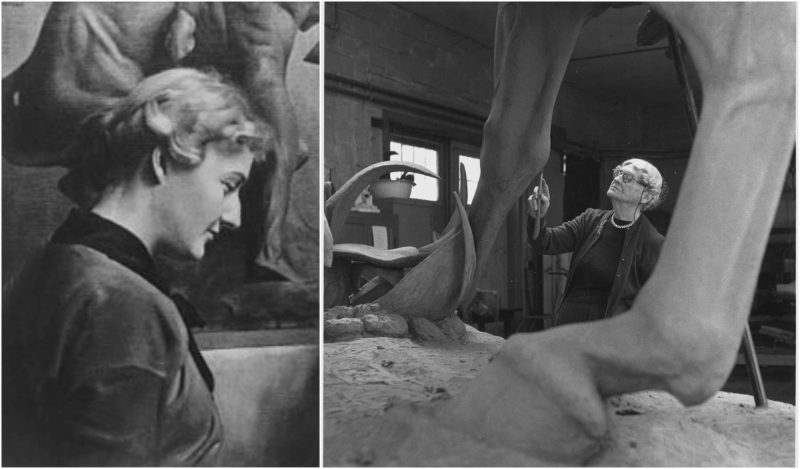Described as a heroine, a goddess, and even a beast, Anna Vaughn Hyatt Huntington was one of the most prominent sculptors of New York City during the early 20th century.
She is mostly remembered by her monument “Joan of Arc” that was set just outside of Central Park, in 1915. This was at the same time the first public monument made by a woman and the first monument dedicated to a female historical figure.
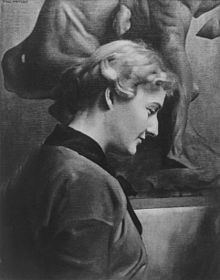
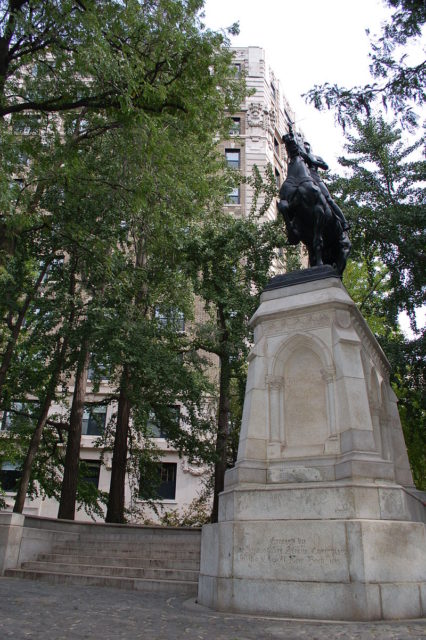
Anna was the daughter of Alpheus Hyatt, a professor of zoology and paleontology at MIT and Harvard University. It was her father’s profession that sparked the earliest interest in Anna for animals and their anatomy. She chose to study art in Boston with Henry Hudson Kitson, who actually threw her out of his class because she identified equine anatomical deficiencies in his work.
However, Anna made her way and later studied with Gutzon Borglum and Hermon Atkins MacNeil at the Art Students League of New York City. Besides her intensive university education, Huntington spent her free time in various zoos and circuses where she studied the animals extensively.
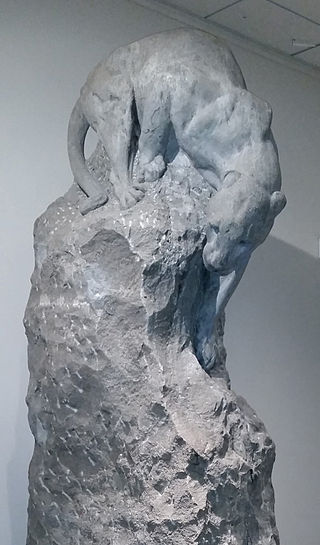
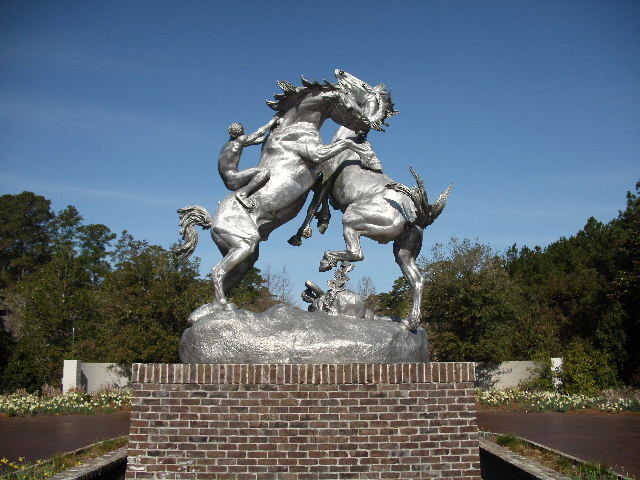
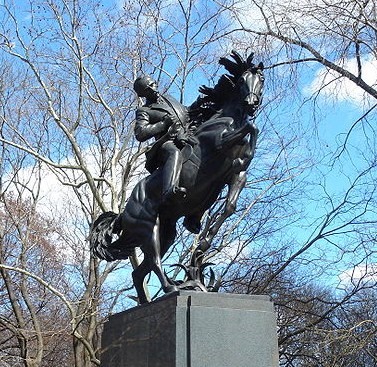
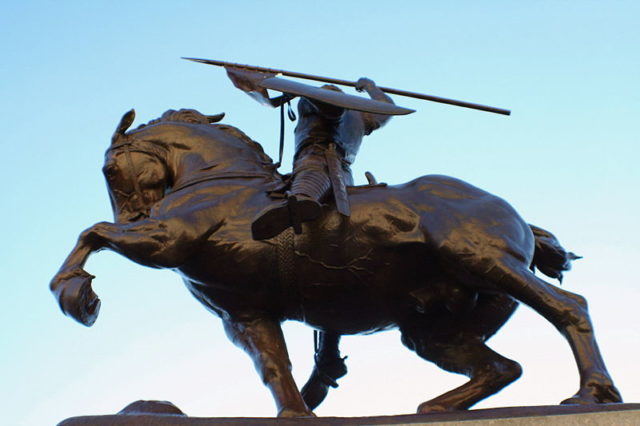
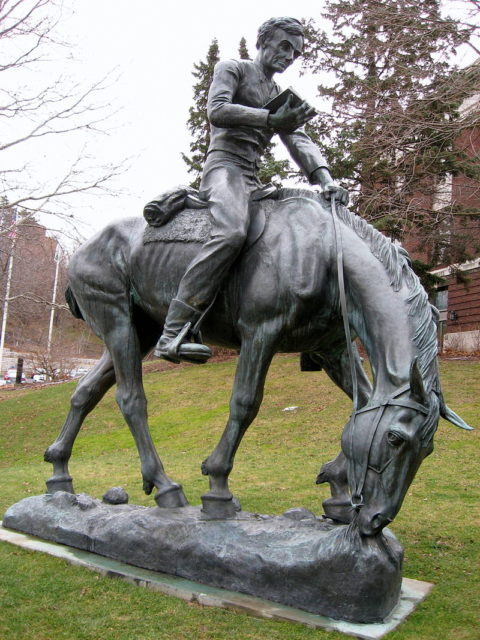
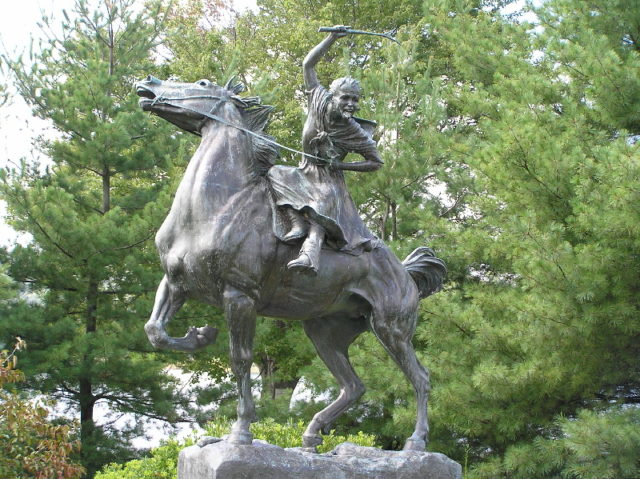
At a time when many artists struggled, and when very few women were known in the art world, Huntington had a thriving career. She was among the first women artists elected to the American Academy of Arts and Letters in 1932.
Later, she also became a member of the National Sculpture Society and the National Academy of Design. She exhibited frequently, traveled around the globe, won different awards and commissions, and received critical acclaim not only in the States but also in Europe.
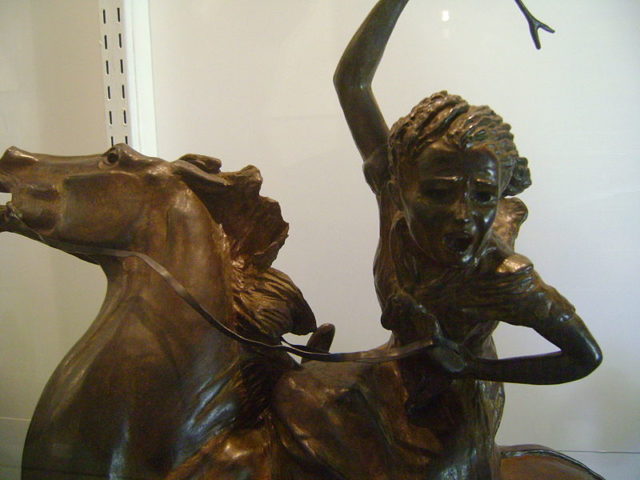
Huntington became famous in the art world for her sculptures of animals which she created with skillful realism and emotional depth. In a period of ten years, between 1927 and 1937, Anna developed and survived tuberculosis. In the summer of 1949, she was among the 250 sculptors who presented their work in the 3rd Sculpture International held at the Philadelphia Museum of Art.
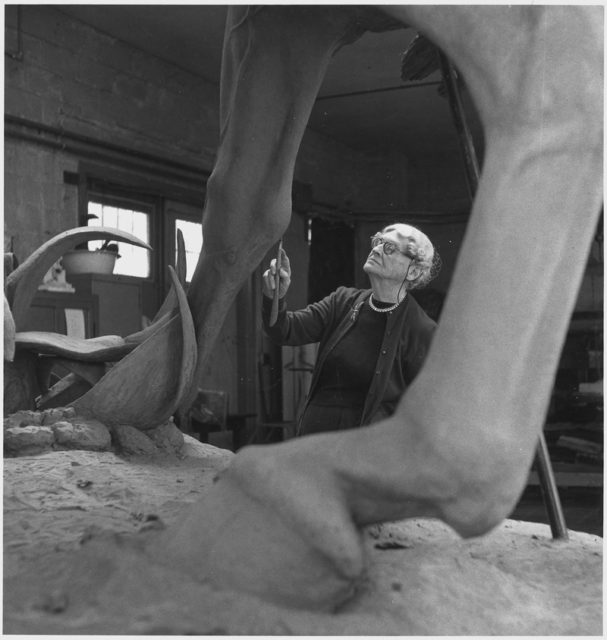
In 1923, Anna married Archer Milton Huntington, a wealthy art patron. Due to his enormous wealth and their mutual interest, the Huntingtons founded four wildlife reserves and fourteen museums. They founded Brookgreen Gardens near Myrtle Beach, South Carolina. In 1929, the Huntington’s’ donation of $100,000 made the NSS Exhibition possible. They also gave the Collis P. Huntington State Park, which consists of approximately 800 acres (3.2 km2) of land in Redding, Connecticut, as a gift to the State of Connecticut.
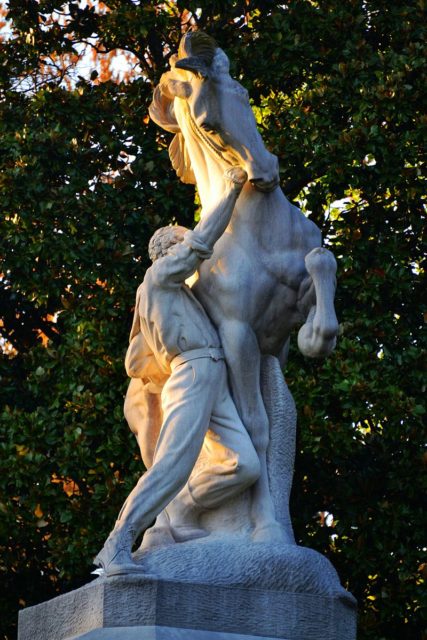
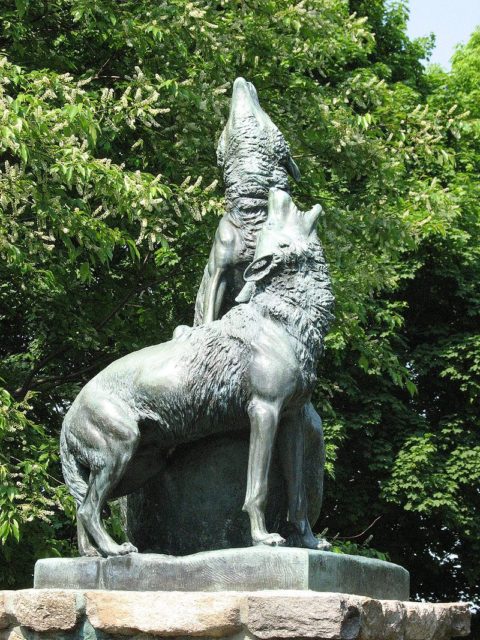
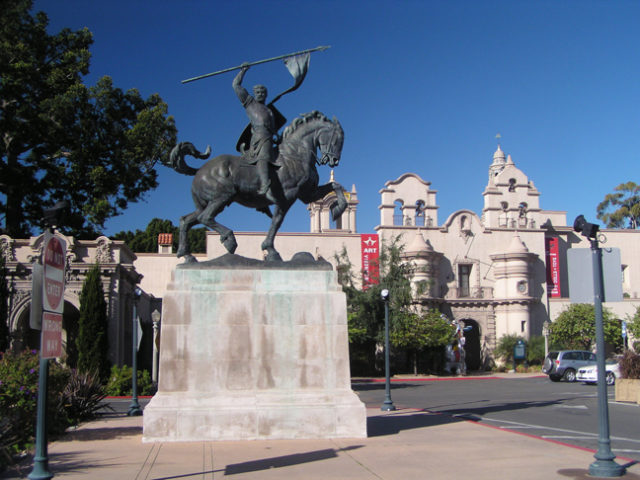
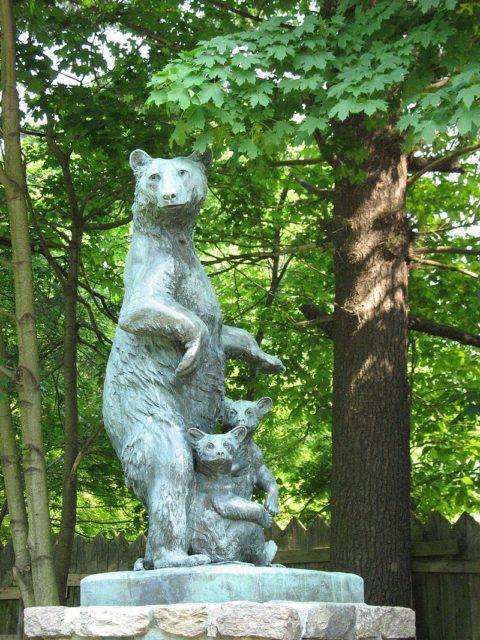
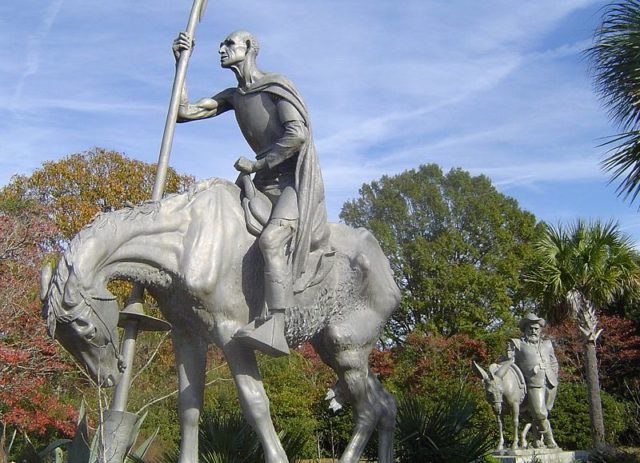
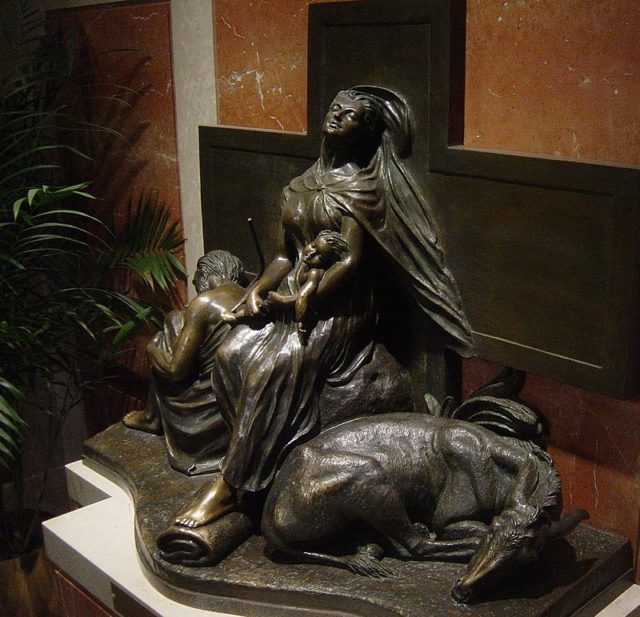
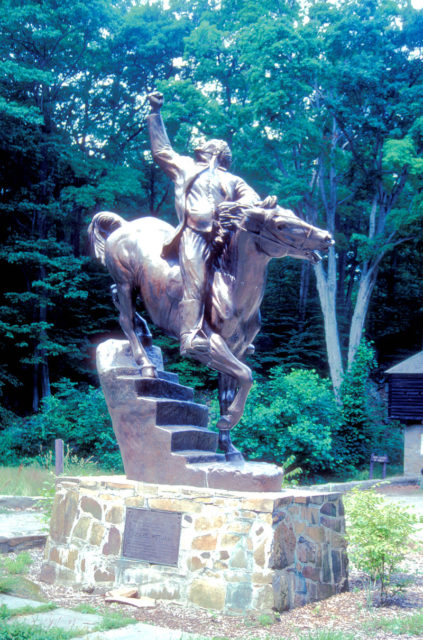
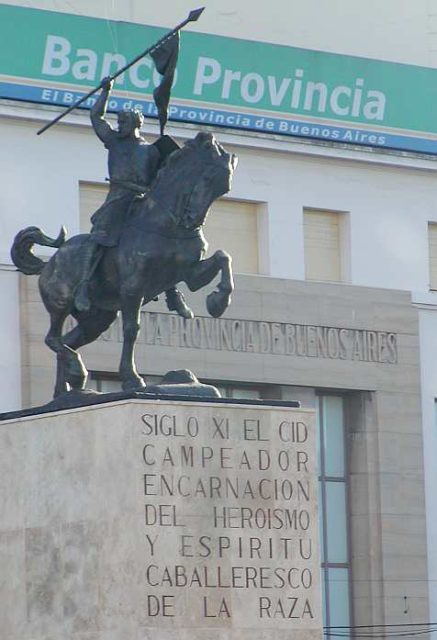
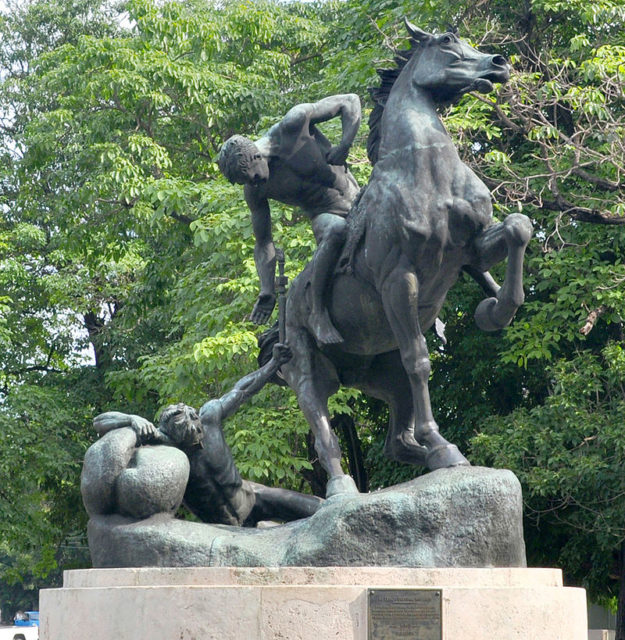
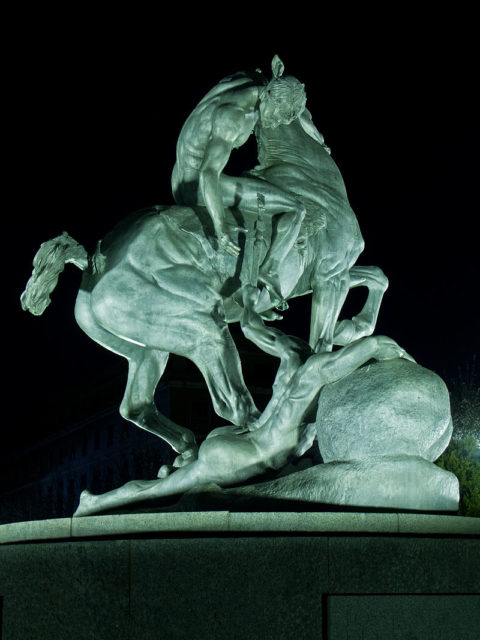
Huntington’s animal sculptures can be seen as part of the museum collections and the outdoor spaces of many New York institutions.
Anna’s work has been displayed at the Metropolitan Museum of Art, Columbia University, the National Academy of Design, the Hispanic Society of America, the New-York Historical Society, the Cathedral of Saint John the Divine, Riverside Park, Central Park, and the Bronx Zoo. Her sculptures can also be seen all over the States, as well as a few around the globe.
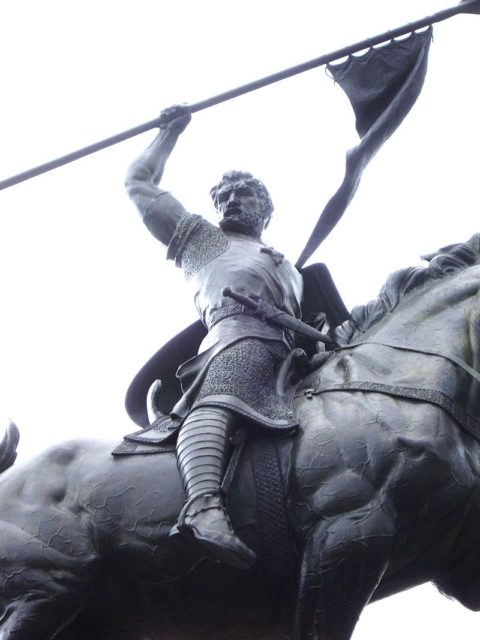
She died in 1973, at the age of 90, and was buried in Woodlawn Cemetery, The Bronx, next to her husband who died in 1955.
Today, her papers are held at the Archives of American Art and Syracuse University. Huntington was listed by the Metropolitan Museum of Art among the foremost women sculptors in the United States to have undertaken significant, publicly commissioned works.
